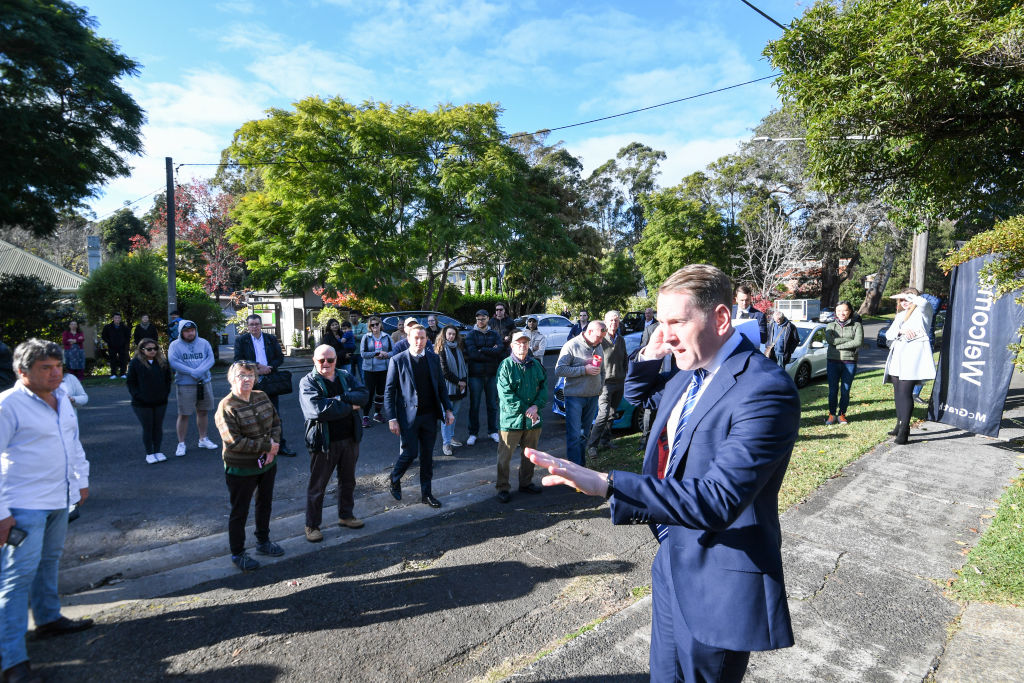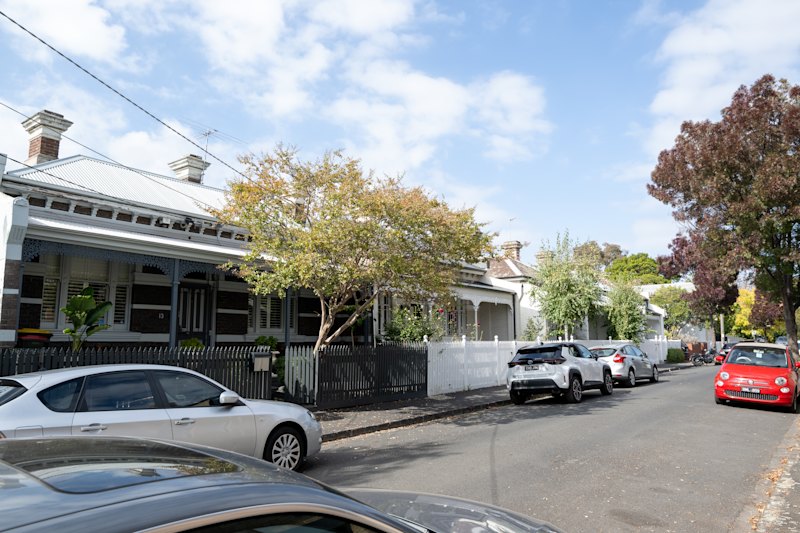Australian house price growth to slow by the end of 2021: economists

The rapid pace of Australian house price growth is set to slow by the end of the year, economists predict, as affordability pressures bite and more homes are offered for sale.
The housing market has soared at a faster pace than some bank economists expected, leaving them to upgrade their forecasts after CoreLogic figures revealed dwelling values soared by 10.6 per cent over the 12 months to May across the country.
Other researchers who made bullish forecasts earlier this year are holding their ground. ANZ said in March Sydney housing prices would rise 19 per cent in 2021, with national prices to rise 17 per cent. But with Sydney house prices up 15.1 per cent in just five months, the bank expects the rapid growth to ease soon.
House prices have spiralled as Australia recovers from the pandemic, fuelled by low interest rates, government grants and a desire for more spacious homes equipped for remote work. High demand coincided with scarce supply as owners were reluctant to sell into a recovering economy.
AMP Capital earlier anticipated a 15 per cent rise in national house prices over the year to December and a further 5 per cent next year.
AMP Capital chief economist Shane Oliver has since upgraded his forecast saying national house prices could rise by as much as 18 per cent by the end of the year.
“It’s just taken off so quickly and right now the factors that have driven the boom are still there,” Dr Oliver said.
Low interest rates, the economic recovery despite COVID-19, government incentives for housing and an overall fear of missing out (FOMO) were helping to continue pushing the market forward, he said.
But, with fixed interest rates rising slightly for mortgage lenders, and affordability issues emerging particularly for first-home buyers, now competing against investors for properties, he expected growth to slow.
“It does look like the momentum has slowed a little bit with auction results slowing slightly in Sydney over the past month,” Dr Oliver said.
He believed house prices could start to fall in 2023, especially if the Reserve Bank of Australia decided to raise interest rates a year earlier than predicted.
NAB had previously predicted a rise of 14 per cent across all capital cities over 2021, but NAB Group chief economist Alan Oster said the bank had upgraded this to 16 per cent.
This included Sydney’s house prices rising by 17.5 per cent, while COVID-affected Melbourne’s would soar by 18.8 per cent.
Hobart’s prices would see the biggest jump — by 19.5 per cent — while Brisbane would rise 16 per cent and Adelaide by 12 per cent.
While he didn’t believe the RBA would change interest rates before 2024, there was a risk that affordability woes could start to hit the market.
“The RBA won’t change interest rates until 2024,” Mr Oster said. “Once they go up they’ll probably go up quite a lot — by 2 per cent in the following 12 to 18 months.”
ANZ took a bullish view in March, predicting a 17 per cent rise in house prices across Australia by the end of 2021.
ANZ senior economist Felicity Emmett said the prediction would not change, given they were expecting the market to slow in the second half of 2021 and continue to rise slowly throughout 2022.
“Prices will slow in the second half of the year — we’re already seeing more [housing] stock come onto the market and auction clearance rates are slowing,” Ms Emmett said.
The market would continue to have strong results, she said, despite some rises in interest rates for people with fixed loans.
“Some of the three-year and three-year-plus rates are rising a few basis points but it won’t really hit the market hard,” she said. “It could affect people on the margins.”
Westpac recently upgraded its forecast to a 15 per cent rise by the end of the year, while CBA had earlier tipped a 14 per cent rise over two years — 8 per cent in 2021 and 6 per cent in 2022 — but could take another look.
CBA head of Australian economics Gareth Aird said CBA’s numbers would be upgraded following the booming market.
“It’s clear 14 per cent over two years is too conservative,” Mr Aird told Domain.
He said with prices still rising, they would likely hold strong in the medium term.
“Fixed interest rates are now a little bit higher and that will take the steam out of the market because quite a few loans are fixed rate,” Mr Aird said. “But, we won’t see prices falling this year.”
We recommend
States
Capital Cities
Capital Cities - Rentals
Popular Areas
Allhomes
More









